4. 线程及线程池
- 线程与进程
- Java 中创建线程的方法
- 线程的状态转换【或生命周期】,Object 中的方法、Condition 类中的方法、LockSupport 的方法
- 池化技术理论基础
- Java 中的两种创建线程池的方法、线程池原理、线程池实践经验
- Spring 框架中使用线程池
线程的创建方式 线程源码介绍 线程的生命周期及状态转化 线程的调度 线程间的互斥、同步、协作
- 进程与线程;
- Java 中线程的创建与使用;
- 线程的 API;
- 线程的状态转化;
创建方式
线程状态
事实上,可以把线程看作是一个“任务”,为了把“大任务 ” 划分成“小任务”,于是就产生了“线程状态”的概念。 试想,有了这些线程状态的概念后,我们是不是就可以基于这些概念,开发出一套框架,在框架里面搞一套调度系统,再搞一套队列,这就是 ExecuteService 的核心思想。
Thread 的构造方法: 因此,在构造时,只能传入 Runnable 类型的对象实例
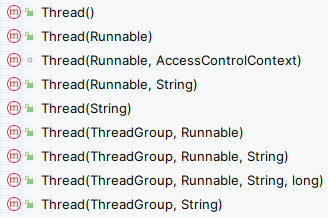
- 状态转化
线程的操作方法
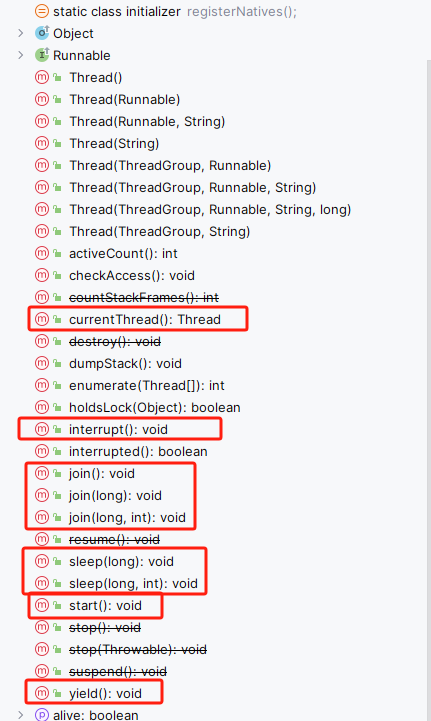
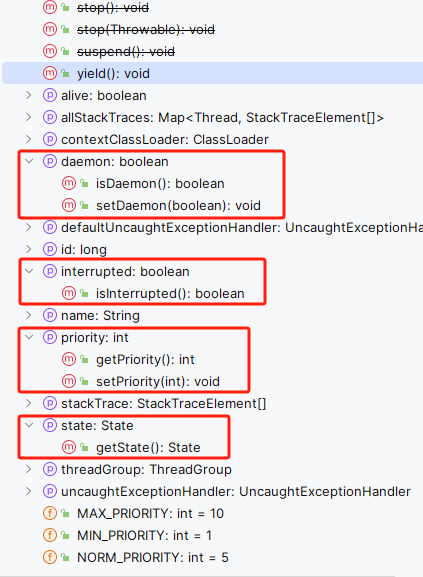
Object 中的方法
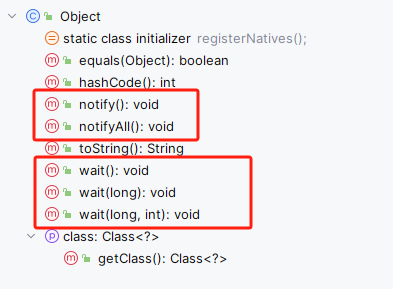
Condition
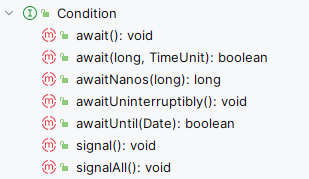
任务编排-CompletableFuture
- [ ] todo
Future 与 FutureTask 出现的背景以及其产生的问题;
- get 方法是一个阻塞方法,不符合我们异步的业务需求;
- 虽然可以配合线程池的方式来异步执行多个任务,但是
CompletableFuture 出现的背景;
- 零元依赖
- 一元依赖;
- 二元依赖;
- 多元依赖;
基本原理;
最佳实践;
如何学些此部分内容; 1.
以 pdf 中的为例;
构造一个 CompletableFuture 对象,runAsync 没有返回值;supplyAsync 有返回值;
static CompletableFuture<Void> runAsync(Runnable runnable):异步执行指定的Runnable任务。static CompletableFuture<Void> runAsync(Runnable runnable, Executor executor):在指定的Executor上异步执行Runnable任务。static <U> CompletableFuture<U> supplyAsync(Supplier<U> supplier):异步执行指定的Supplier任务,并返回CompletableFuture对象,该对象在计算完成时将提供结果。static <U> CompletableFuture<U> supplyAsync(Supplier<U> supplier, Executor executor):在指定的Executor上异步执行Supplier任务,并返回一个CompletableFuture对象,该对象在计算完成时将提供结果。
thenApply 方法:当一个线程依赖另一个线程时,获取上一个任务返回的结果,并返回当前 任务的返回值。 thenAccept 方法:消费处理结果。接收任务的处理结果,并消费处理,无返回结果。 thenRun 方法:只要上面的任务执行完成,就开始执行 thenRun,只是处理完任务后,执行 thenRun 的后续操作
CompletableFuture<T> thenApply(Function<? super T,? extends U> fn):当此CompletableFuture完成时,使用此CompletableFuture的结果作为参数应用给定的函数。CompletableFuture<T> thenApplyAsync(Function<? super T,? extends U> fn):当此CompletableFuture完成时,异步地应用给定的函数。CompletableFuture<T> thenApplyAsync(Function<? super T,? extends U> fn, Executor executor):当此 CompletableFuture 完成时,使用指定的 Executor 异步地应用给定的函数。CompletableFuture<Void> thenAccept(Consumer<? super T> action):当此CompletableFuture完成时,对其结果执行给定的操作。CompletableFuture<Void> thenAcceptAsync(Consumer<? super T> action):当此CompletableFuture完成时,异步地对其结果执行给定的操作。CompletableFuture<Void> thenAcceptAsync(Consumer<? super T> action, Executor executor):当此CompletableFuture完成时,使用指定的 Executor 异步地对其结果执行给定的操作。CompletableFuture<Void> thenRun(Runnable action):当此CompletableFuture完成时,执行给定的操作。CompletableFuture<Void> thenRunAsync(Runnable action):当此CompletableFuture完成时,异步地执行给定的操作。CompletableFuture<Void> thenRunAsync(Runnable action, Executor executor):当此CompletableFuture完成时,使用指定的Executor异步地执行给定的操作。
不可改变返回值
CompletableFuture<T> **whenComplete**(BiConsumer<? super T,? super Throwable> action):当此CompletableFuture完成时,对结果或异常执行给定的操作。CompletableFuture<T> **whenCompleteAsync**(BiConsumer<? super T,? super Throwable> action):当此CompletableFuture完成时,异步地对结果或异常执行给定的操作。CompletableFuture<T> **whenCompleteAsync**(BiConsumer<? super T,? super Throwable> action, Executor executor):当此CompletableFuture完成时,使用指定的Executor异步地对结果或异常执行给定的操作。
可以改变返回值
CompletableFuture<U> handle(BiFunction<? super T,Throwable,? extends U> fn):当此CompletableFuture完成时,执行给定的函数。CompletableFuture<U> handleAsync(BiFunction<? super T,Throwable,? extends U> fn):当此CompletableFuture完成时,异步地执行给定的函数。CompletableFuture<U> handleAsync(BiFunction<? super T,Throwable,? extends U> fn, Executor executor):当此CompletableFuture完成时,使用指定的 Executor 异步地执行给定的函数。CompletableFuture<T> **exceptionally**(Function<Throwable,? extends T> fn):当CompletableFuture遇到异常时,执行给定的函数。
thenCompose:TODO thenCombine:组合两个 future,获取两个 future 的返回结果,并返回当前任务的返回值 thenAcceptBoth:组合两个 future,获取两个 future 任务的返回结果,然后处理任务,没有返回值。 runAfterBoth:组合两个 future,不需要获取 future 的结果,只需两个 future 处理完任务后,处理该任务。
CompletableFuture<T> thenCompose(Function<? super T,? extends CompletionStage<U>> fn):当此CompletableFuture完成时,使用此CompletableFuture的结果作为参数应用给定的函数,并返回一个新的CompletableFuture。CompletableFuture<T> thenComposeAsync(Function<? super T,? extends CompletionStage<U>> fn):当此CompletableFuture完成时,异步地应用给定的函数。CompletableFuture<T> thenComposeAsync(Function<? super T,? extends CompletionStage<U>> fn, Executor executor):当此CompletableFuture完成时,使用指定的Executor异步地应用给定的函数。CompletableFuture<Void> thenCombine(CompletionStage<? extends U> other, BiConsumer<? super T,? super U> action):当此CompletableFuture和另一个CompletableFuture完成时,执行给定的操作。CompletableFuture<Void> thenCombineAsync(CompletionStage<? extends U> other, BiConsumer<? super T,? super U> action):当此CompletableFuture和另一个CompletableFuture完成时,异步地执行给定的操作。CompletableFuture<Void> thenCombineAsync(CompletionStage<? extends U> other, BiConsumer<? super T,? super U> action, Executor executor):当此 CompletableFuture 和另一个CompletableFuture完成时,使用指定的Executor异步地执行给定的操作。CompletableFuture<Void> thenAcceptBoth(CompletionStage<? extends U> other, BiConsumer<? super T,? super U> action):当此CompletableFuture和另一个CompletableFuture都完成时,执行给定的操作。CompletableFuture<Void> thenAcceptBothAsync(CompletionStage<? extends U> other, BiConsumer<? super T,? super U> action):当此CompletableFuture和另一个CompletableFuture都完成时,异步地执行给定的操作。CompletableFuture<Void> thenAcceptBothAsync(CompletionStage<? extends U> other, BiConsumer<? super T,? super U> action, Executor executor):当此CompletableFuture和另一个CompletableFuture都完成时,使用指定的Executor异步地执行给定的操作。CompletableFuture<Void> runAfterBoth(CompletionStage<?> other, Runnable action):当此CompletableFuture和另一个CompletableFuture都完成时,执行给定的操作。CompletableFuture<Void> runAfterBothAsync(CompletionStage<?> other, Runnable action):当此CompletableFuture和另一个CompletableFuture都完成时,异步地执行给定的操作。CompletableFuture<Void> runAfterBothAsync(CompletionStage<?> other, Runnable action, Executor executor):当此CompletableFuture和另一个CompletableFuture都完成时,使用指定的Executor异步地执行给定的操作。
acceptEither:两个任务有一个执行完成,获取它的返回值,处理任务,没有新的返回值。 applyToEither:两个任务有一个执行完成,获取它的返回值,处理任务并有新的返回值。
runAfterEither:两个任务有一个执行完成,不需要获取 future 的结果,处理任务,也没有返回值。
CompletableFuture<Void> acceptEither(CompletionStage<? extends T> other, Consumer<? super T> action):当此CompletableFuture或另一个CompletableFuture完成时,执行给定的操作。CompletableFuture<Void> acceptEitherAsync(CompletionStage<? extends T> other, Consumer<? super T> action):当此CompletableFuture或另一个CompletableFuture完成时,异步地执行给定的操作。CompletableFuture<Void> acceptEitherAsync(CompletionStage<? extends T> other, Consumer<? super T> action, Executor executor):当此CompletableFuture或另一个CompletableFuture完成时,使用指定的Executor异步地执行给定的操作。CompletableFuture<U> applyToEither(CompletionStage<? extends T> other, Function<? super T,U> fn):当此CompletableFuture或另一个CompletableFuture完成时,执行给定的函数。CompletableFuture<U> applyToEitherAsync(CompletionStage<? extends T> other, Function<? super T,U> fn):当此CompletableFuture或另一个CompletableFuture完成时,异步地执行给定的函数。CompletableFuture<U> applyToEitherAsync(CompletionStage<? extends T> other, Function<? super T,U> fn, Executor executor):当此CompletableFuture或另一个CompletableFuture完成时,使用指定的Executor异步地执行给定的函数。CompletableFuture<Void> runAfterEither(CompletionStage<?> other, Runnable action):当此CompletableFuture或另一个CompletableFuture完成时,执行给定的操作。CompletableFuture<Void> runAfterEitherAsync(CompletionStage<?> other, Runnable action):当此CompletableFuture或另一个CompletableFuture完成时,异步地执行给定的操作。CompletableFuture<Void> runAfterEitherAsync(CompletionStage<?> other, Runnable action, Executor executor):当此CompletableFuture或另一个CompletableFuture完成时,使用指定的Executor异步地执行给定的操作。
allOf:等待所有任务完成 anyOf:只要有一个任务完成
static CompletableFuture<Void> allOf(CompletableFuture<?>... cfs):返回一个新的CompletableFuture,当所有传入的CompletableFuture都完成时,它也会完成。static CompletableFuture<Object> anyOf(CompletableFuture<?>... cfs):返回一个新的CompletableFuture,当任意一个传入的CompletableFuture完成时,它也会完成,并返回完成的CompletableFuture的结果。
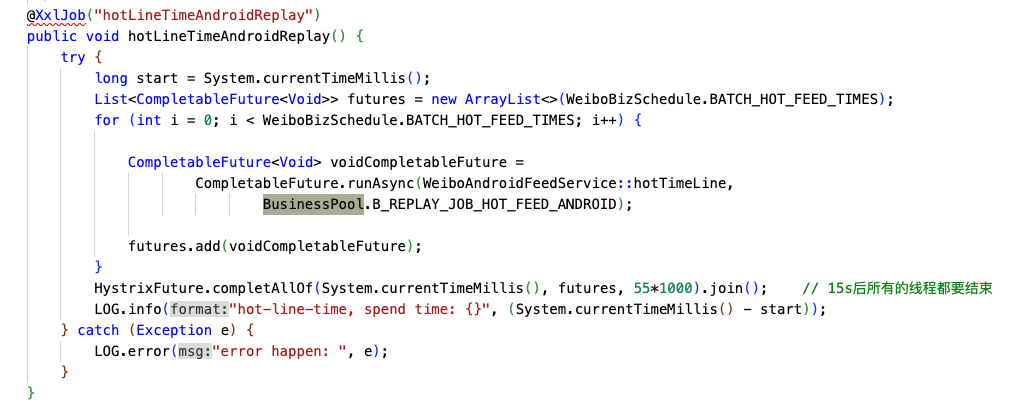
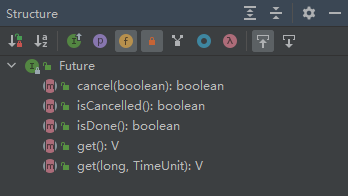
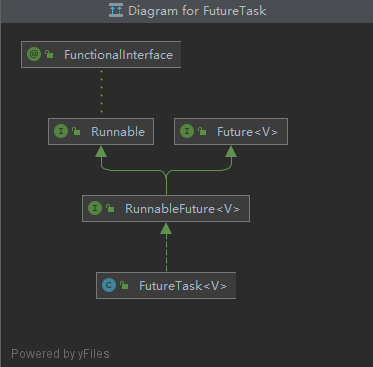


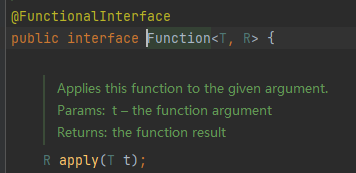
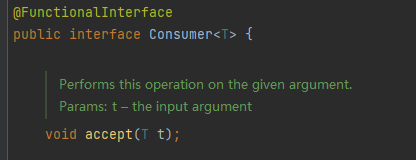
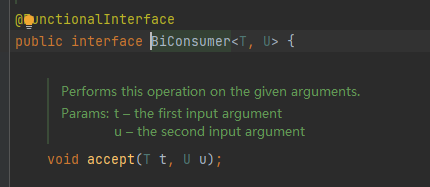
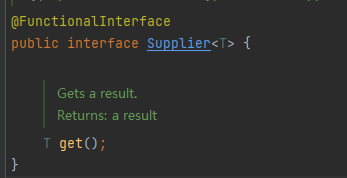
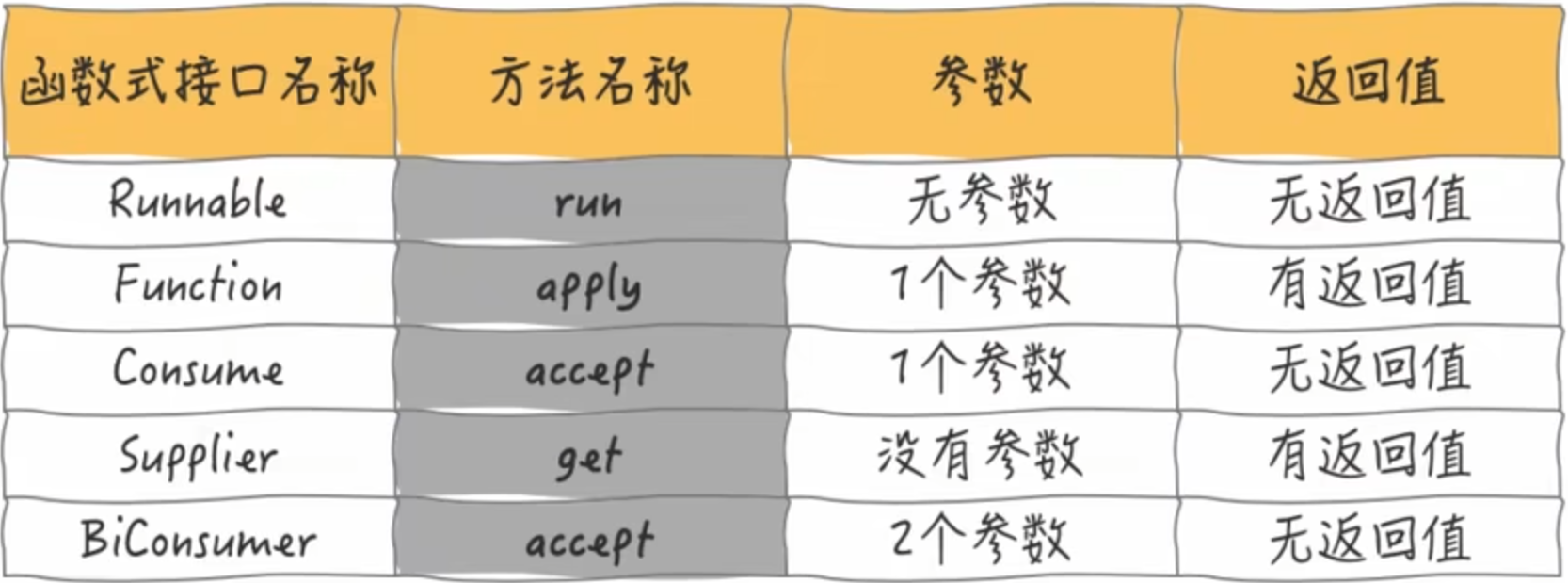
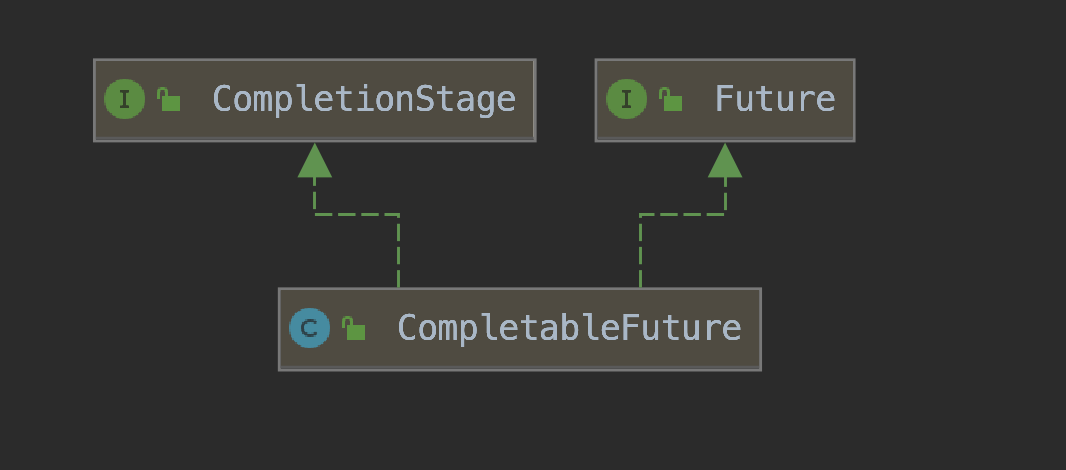
待整理: 基于线程池批量抄表
场景描述
抄表过程包括获取楼栋信息,之后根据楼层信息获取当前楼栋信息的设备信息,之后拿到设备的请求链路信息,最后组装命令信息到消息队列中。这个过程可能是一个请求,但是涉及到很多个设备,每一个设备信息都需要进行抄表命令的组装。如果采用循环的方式,那么这个过程的耗时就很长,因此需要优化,采用线程池的方式。
实现思路: 先根据楼栋获取当前楼栋的所有设备信息,然后把设备信息放入阻塞队列中,然后使用线程池依次执行阻塞队列中的设备信息。
可以把 weibo 爬虫中的任务执行,放到这个案例中。
func getshebeiList(louceng) { // 查询楼层与设备信息表,获取当前楼层的所有设备信息 }
线程池实现原理 批量构建消息体后放入阻塞队列中,由线程池进行处理

/**
* 首页热门信息流 20s
*/
@XxlJob("hotLineTimeReplay")
public void hotLineTimeReplay() {
try {
long start = System.currentTimeMillis();
List<CompletableFuture<Void>> futures = new ArrayList<>(WeiboBizSchedule.BATCH_HOT_FEED_TIMES);
for (int i = 0; i < WeiboBizSchedule.BATCH_HOT_FEED_TIMES; i++) {
CompletableFuture<Void> voidCompletableFuture =
CompletableFuture.runAsync(weiboIosFeedService::hotTimeLine,
BusinessPool.B_REPLAY_JOB_HOT_FEED);
futures.add(voidCompletableFuture);
}
HystrixFuture.completAllOf(System.currentTimeMillis(), futures, 55*1000).join(); // 15s后所有的线程都要结束
LOG.info("hot-line-time, spend time: {}", (System.currentTimeMillis() - start));
} catch (Exception e) {
LOG.error("error happen: ", e);
}
}public static final ExecutorService B_REPLAY_JOB_HOT_FEED_ANDROID = new ThreadPoolExecutor(
BASE_THREAD_NUMS,
Math.max(BASE_THREAD_NUMS, 200),
5,
TimeUnit.MINUTES,
new LinkedBlockingQueue(1000),
new DefaultThreadFactory("weibo-replay-hotfeed"),
new ThreadPoolExecutor.CallerRunsPolicy()
);public class HystrixFuture<T> {
private static final Logger LOG = LogbackRollingFileUtil.getLogger("hystrixFuture");
public static CompletableFuture<Void> completAllOf(
long sequence, List<CompletableFuture<Void>> futureList, long timeout) {
return CompletableFuture.runAsync(
() -> {
try {
Thread.sleep(timeout);
} catch (Exception e) {
}
futureList.forEach(future -> {
if (future.isDone() || future.isCancelled()) {
return;
}
future.cancel(true);
LOG.error(sequence + " kill one thread ,cause timeout");
});
});
}
}